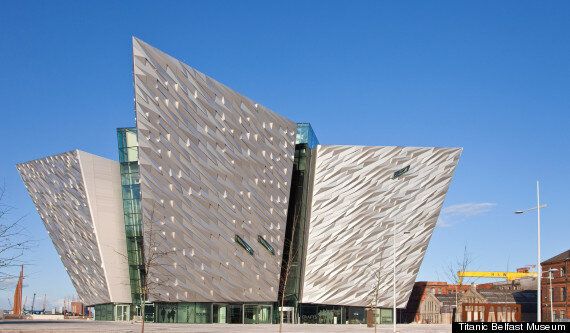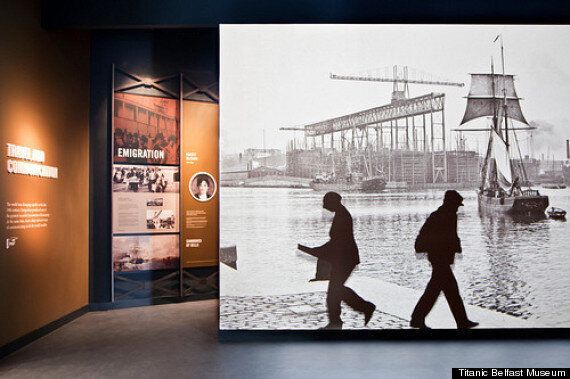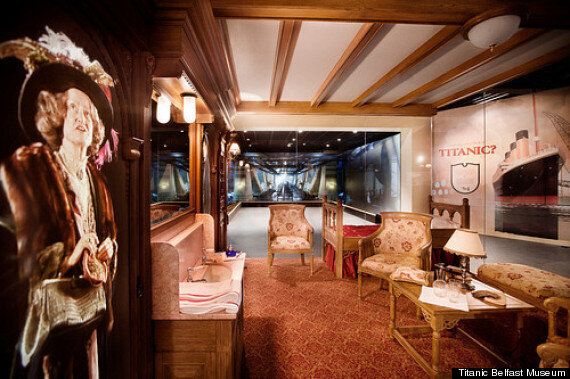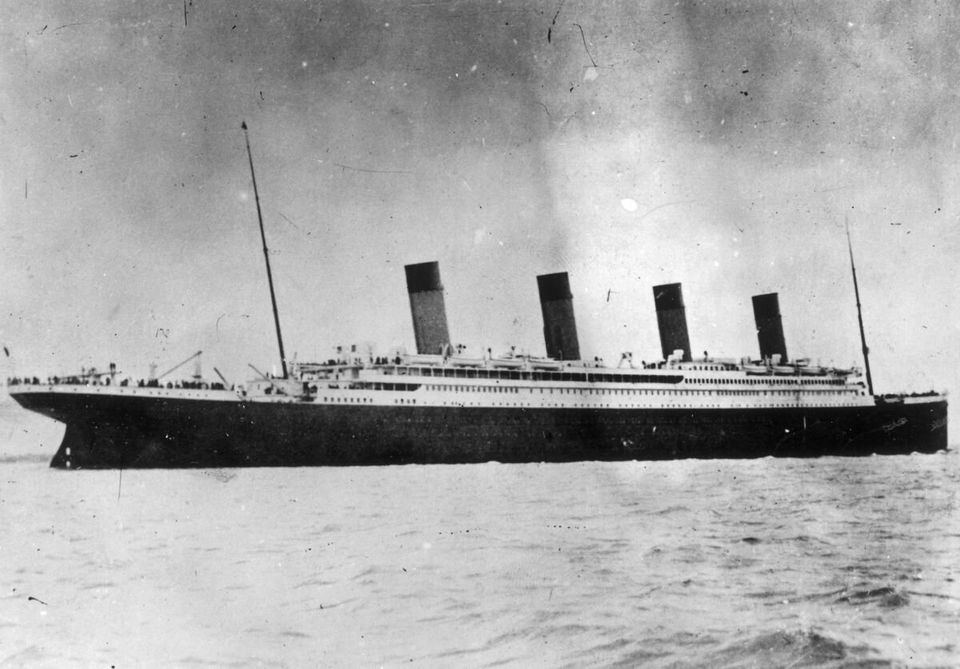Think 'Titanic', and a host of associations synonymous with the ill-fated ship spring to mind: tragedy, luxury, man's reckless pride, gaping class divides and, oddly, romance, thanks to one box-office breaking film.
After 100 years, the RMS Titanic continues to fascinate millions around the globe. The sinking of the luxury ocean liner on April 15th 1912, along with 1,514 of its passengers and crew, shook the world, catching the imagination of writers ever since with countless books and films on the subject.
So after ten decades of coverage, what don’t we already know about the Titanic that can justify a brand new museum in 2012? Northern Ireland think they have the answer – it is the largely untold story of the birth of Titanic in the docks of Belfast.

Titanic Belfast Museum opened in April of this year and has been pulling in the tourists ever since. Before visitors can even step inside the building, the museum aims to impress with grandeur on a similar scale to the ill-fated ship – the building’s architecture is quite a statement.

The angular construction on the edge of the docks appears as a glittering shard of innovative design; an external facade clad with several thousand three-dimensional aluminium plates, of which two thousand are unique in size and shape, creating a startling textured effect.
The four corners of the building represent the Titanic's bow, jutting into the sky, at the same height as the original ship, giving you a feel for the true scale of the ocean liner. On an alternative take on the design, you could imagine the building to represent a looming iceberg, symbolic of nature's dominance over the Titanic’s steel and engineering.

But the Belfast Titanic Museum is not just about the loss of life, it is also a celebration of the achievements of the former designers and ship builders of Belfast. Pools of water shimmer at the base of the building next to a bold steel cut-out Titanic sign. The central atrium through the entrance reveal a light and airy open plan void with more textured walls, dark and rusty in colour, juxtaposing sharply with the clean glass elevators.

Many striking designs do not age well, like the grey concrete creations of the 1970s, but the Titanic Belfast Museum could easily still look fresh for the 200-year Titanic anniversary.
The exhibition starts with Belfast's roots as an industrial centre of the 1800s, when it was famed as the linen capital of the world, producing huge amounts, from the flax plant, right up to bed sheets for export. The city was so thriving, that its population was bigger than Belfast’s present day number.
Setting the scene, superimposed life-size silhouettes are projected on to the walls, so you share the streets with the Victorian Belfast residents as they busy themselves with daily life: walking, talking, shopping, children running and playing – you’re immediately immersed in the era, before the Titanic looms into view.

Walking from room to room, you are introduced to the men who dreamt up the most luxurious ship of her time - the designers - their names, faces, backgrounds, wages, and eyewitness accounts of what they were like as managers.
The pride that must have buzzed in Belfast’s ship-building docks during the Titanic’s construction appears to have lasted a century - present in the museum’s care and attention in creating an exhibition that offers technical design detail, but never overwhelming the user, simply awe-inspiring at each step.
Multi-media experiences are throughout: touch-screen animations guide you through the ship's construction in bite-sized explanations, an immersive surround animation gives you a virtual tour through the decks of the ship, and screens beneath your feet take you on an underwater journey to the decaying remains in the Atlantic depths.
There are of course physical exhibits to view – recreations of a lifeboat and of the first, second and third class cabins. Surprisingly, there are no actual surviving objects from the Titanic on proud display – perhaps the curators could not justify the huge prices that the rare items fetch, for example, a Titanic menu recently made six-figures at auction. Whatever the reason, the experience is not diminished.

Throughout the museum, there is deep respect for the hundreds who lost their lives - the exhibition ends with description of how the bodies were recovered, where they were buried, what White Star's actions were after the disaster, how relatives of the deceased reacted back home, and the many stories of the survivors.
To the relief of some, you only catch a glimpse of Kate Winslet and Leonardo Di Caprio on one wall dedicated to the Art and Culture inspired by the Titanic over the decades, and James Cameron is given only a passing mention.
Many have laid claim to the ship's famous history - Southampton and Queenstown (known as Cobh) were her last stops before setting off on her doomed maiden voyage, New York was her destination and Halifax was where some of the deceased were laid to rest - but Belfast deserves international acknowledgement for creating the world’s most famous ship.
Still emerging from the devastation of 40 years of conflict, this bold and striking museum marks another new beginning for Belfast and is well-worth a visit for anyone intrigued by the fascinating story of the city and the world famous ship it gave birth to.
For more pictures of the RMS Titanic and the Titanic Belfast Museum, click below:
See below a video about the story of Belfast's Titanic, produced by the Titanic Belfast Museum:
